It's been a while since I posted anything here so I thought it was high time I let you know what I've been up to.
One of the big events in our life was the chance to tick something off our bucket list by visiting Iceland.
How do you even begin to describe Iceland?
Every word you can think of just isn’t enough.
It’s a land that is still in formation sitting on a hotspot and being torn asunder by massive tectonic forces.
The landscape seems impossibly beautiful, as if it has been designed just for landscape photographers.
We took a two week tour in a camper van to see as much of it as we could but barely scratched the surface.
The crystal blue waters of Brúarfoss.
Frozen lava forms at Buđir.
Basalt Clolumns washed by the sea at Anarstapi.
Dawn at Kirkjufellsfoss.
Pounding surf at Kálfshamarsvík.
Geothermal fumarole at Hveraröndor Hverir.
Jökulsá á Fjöllum rushing between waterfalls.
Black sand dunes at Stokkesnes under the Vestrahorn.
Glacial Icebergs washed by the sea at Jökulsárlón.
More Ice at Jökulsárlón just because it’s so nice.
Turf farm at Núpsstađur. A UNESCO World Heritage Site.
The dark hanging basalt gallery of Svartifoss.
Arnardrangur and Reynisdrangar from Dyrhólaey.
Gunnuhver on the Reykjanes Peninsula.
After just a few days here we had already resolved to return. Our tour was designed to give us a sample of what Iceland had to offer and it was clear that there was so much more to see. Debs and I will definitely come back to this enchanting and magical landscape before too long.
This is just a small selection of the images I brought home. If you want to see the whole trip you can find more on my Photo Expeditions web site.
.
Results 1 to 20 of 31
Thread: Dream Trip
-
22nd July 2014, 05:11 PM #1
Dream Trip
-
22nd July 2014, 06:31 PM #2
Re: Dream Trip
All absolutely gorgeous! 1-4, 9,10,11 & 14 are my favourites and the type of landscape images I'm still just dreaming of capturing.
These are so amazingly beautiful that it sure would be nice if you could share a few tips for those of us who are still learning to photograph landscapes.
Thank you for the inspiration.
-
22nd July 2014, 06:34 PM #3
Re: Dream Trip
That is one brilliant set of images, excellent 👍
-
22nd July 2014, 06:49 PM #4
Re: Dream Trip
Nicely captured, great exposures. Well worth a visit.
-
22nd July 2014, 06:56 PM #5
Re: Dream Trip
I'm always happy to share knowledge or answer questions Christina.
As for tips, one of my old tutors used to say, "f/8 at a sixtieth and be there." Can't argue much with that, you need to be there, when the light is right, and get the shot.
My general working method is to work from a tripod, I'm usually set at f/10 on auto. Sometimes I use strong ND filters to extend the exposure if needed.
I chimp my first shot to check focus, depth of field and exposure and then I shift my exposure using the over/under exposure dial to get the maximum that does not present clipping in the highlights. A technique commonly called, "Expose to the right" or ETTR.
All this is to maximise the potential of the file (or files where more than one is needed.)
Such files often look a bit weak but really come to life in software. I'm currently still using LR and PS but other software such as Photoline or Paintshop Pro would handle 90% of what I do on the computer.
-
22nd July 2014, 07:09 PM #6
Re: Dream Trip
Super images Wayland, just great. I want to go there ! It looks like it certainly was a "dream trip".
Dave
-
22nd July 2014, 07:23 PM #7

- Join Date
- Oct 2013
- Location
- Co Wicklow Ireland
- Posts
- 208
- Real Name
- Marie
Re: Dream Trip
Beautifully captured and thank you for sharing those tips...
-
22nd July 2014, 07:29 PM #8

- Join Date
- Dec 2013
- Location
- Turkey
- Posts
- 12,779
- Real Name
- Binnur
Re: Dream Trip
Lovely images, thanks for sharing

-
22nd July 2014, 08:22 PM #9
Re: Dream Trip
Lucky me! Thank you for sharing.
I understand and have already put into practice using a tripod, live view, seeking out the best light, ETTR, checking my exposure and that I don't clip my highlights, and while I have yet to invest in filters I understand the benefits. And being there. (Iceland is now on my bucket list.) And I'm working on improving my post processing skills.
(Iceland is now on my bucket list.) And I'm working on improving my post processing skills.
My sincere apologies but I don't understand all of your terminology.
f/8 at 1/60 SS? Yet, you state you use f/10 on auto which sounds like some sort of set exposure.
Chimp?
Thank you.
-
22nd July 2014, 10:00 PM #10
Re: Dream Trip
Eric, my tutor, was an old news man. Back in the days of film 1/60th at f/8 was a pretty good "stand by" setting.
Most of the cameras we were using back then were manual. Not many of the good ones had meters in them. At those settings with standard films you could usually haul something out of the darkroom that was good enough for press.
I don't work that way any more but the lesson still sticks in my memory. Mostly it's about being there, ready to make the best of the situation.
When I lead trips or teach people now, that is a central part of my philosophy. Be there and be prepared.
In Iceland, as you can see from the trip report, we had every kind of weather you could imagine. The only conditions I did not come out of with useable pictures was the whiteout we experienced at Jokulsarlon. On that occasion, we drove to another location, in atrocious conditions, to carry on shooting and returned when we could actually see the subject.
Photographic technique is important these days, perhaps PP technique is even more so? I'm not sure. What I do believe is that really understanding how these things work together is the best way to prepare yourself to take advantage of the opportunities that present themselves when you are in the right place at the right time.
f/10 delivers the maximum depth of field before diffraction starts to erode the quality in my setup. I'm on a tripod so I don't tend to worry too much about the shutter speed, the camera will usually select something close to correct by leaving it on auto.
As for "chimping" that started out as a derogatory comment about people shooting then looking at the camera back and going,"Oo Oo Oo" in excitement at what they had just taken. Now it is used over here as a general term for checking the image before moving on.
The Histogram is possibly one of the most important tools in a photographers tool kit. It gives levels of control and confidence that we could not have dreamed of in the days of film.
I may shoot some quick shots in changing conditions trusting to judgement or the camera's meter but I check that histogram at the first opportunity and optimise my exposure accordingly. Usually I just dial in some exposure compensation and chimp again until it is spot on.
By leaving it on auto with the correct compensation for that subject, if the light levels do change while I am shooting, the shutter speed will just shift to follow them.
-
22nd July 2014, 10:26 PM #11
Re: Dream Trip
Thank you kindly for taking the time to explain, and add a entertaining story!
I did own a film camera in my younger days. I think it was a Kodak Instamatic (either that or the commercial sticks in my mind). I used to take it with me on every vacation because I loved taking photos. I don't think there were any settings on my camera but I recall purchasing film and asking for ISO 100 because people said it was the best film. When I picked up my photos from the drugstore I recall being a little bit miffed with the developers in that they only managed to produce a few decent images out of every roll. The rest were too dark or came with a message that they couldn't be developed. Honestly I didn't have a clue but I loved taking photos.
I've definitely chimped before in the manner of "Oo Oo Oo" and I've exhibited this behaviour during the past 2-3 years. But during this past year I've progressed and learned to check my histogram.
Thank you for the added explanation, and especially for sharing your dreamy adventure in Iceland with exceptionally exquisite images! Exceptionally inspiring!
-
22nd July 2014, 10:57 PM #12

- Join Date
- Jun 2013
- Location
- Abbotsford, BC Canada
- Posts
- 2,361
Re: Dream Trip
Very beautiful and magnificent scenery and the images are just as beautiful and magnificent.
-
23rd July 2014, 01:59 AM #13
Re: Dream Trip
One simple word, 'inspiration', came to mind when I looked at this series so thank you Gary for posting them.
-
23rd July 2014, 03:46 AM #14

- Join Date
- Dec 2012
- Location
- Honolulu, Hawaii
- Posts
- 1,651
- Real Name
- Shane
Re: Dream Trip
Ditte to what Grahame said and the sentiments of others Gary. These are an inspirational set of images of a stunningly beautiful place.
Thank you for sharing them and for your shooting tips. One thing that you didn't touch on is how much your find yourself cropping the images in post?
-
23rd July 2014, 05:27 AM #15
Re: Dream Trip
I don't crop too much actually. Sometimes I change the format a bit, more letterbox or squarer for instance but I'm nearly always using the full width or height of the frame.
Another of Eric's favourite quotes was, "If your pictures aren't good enough, you are not close enough." (Originally from Capa I believe.) As a landscape photographer, I find a good pair of Wellingtons help on that front.
In some cases I correct perspective problems caused by pointing the camera up or downwards which can also require some cropping but again I try to retain as much of the frame as possible.
Most of my work is shot on a full frame sensor with a 17-40 zoom. The longer shots use a 70-200, sometimes with 2x extender. I also have a fixed 14mm and 50mm in the bottom of my bag for when they are needed.
Having spent my money on quality I don't like to throw any of it away.
-
23rd July 2014, 05:34 AM #16

- Join Date
- Dec 2012
- Location
- Honolulu, Hawaii
- Posts
- 1,651
- Real Name
- Shane
Re: Dream Trip
Thank you Gary. I'm getting better at minimizing the crops in post but it is a learning experience and I am definitely a convert to "If your pictures aren't good enough, you are not close enough."
-
23rd July 2014, 10:20 AM #17


- Join Date
- Dec 2013
- Location
- Chesterfield, Missouri/Melbourne, Australia
- Posts
- 17,827
- Real Name
- Izzie
Re: Dream Trip
Thank you Wayland for sharing us your trip. I've clicked on the two websites so far and there are all magnificent image over there.
-
23rd July 2014, 10:35 AM #18

- Join Date
- Jul 2014
- Location
- Chennai, Tamil Nadu, India
- Posts
- 13
- Real Name
- Keshan
Re: Dream Trip
Amazing Shots! I really enjoyed reading through the post and those picture-perfect images. I see that you have clicked many long exposed and higher f-stop shots which have come out readlly amazing! I'd rate the first pic (waterfall) to be the best of all.

 Truly amazing works. Gave me few different ideas as well!
Truly amazing works. Gave me few different ideas as well!  Keep it going Wayland
Keep it going Wayland 
-
23rd July 2014, 05:29 PM #19
Re: Dream Trip
Superb images Wayland, thank's for sharing!
-
23rd July 2014, 05:54 PM #20
Re: Dream Trip
as all have said, superb photographs of a wonderful place, thank you for the sound advice and education.

 Helpful Posts:
Helpful Posts: 
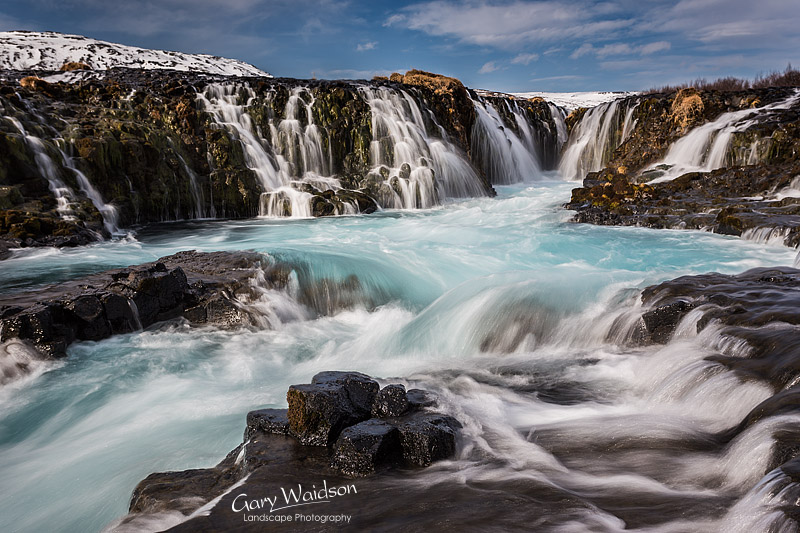

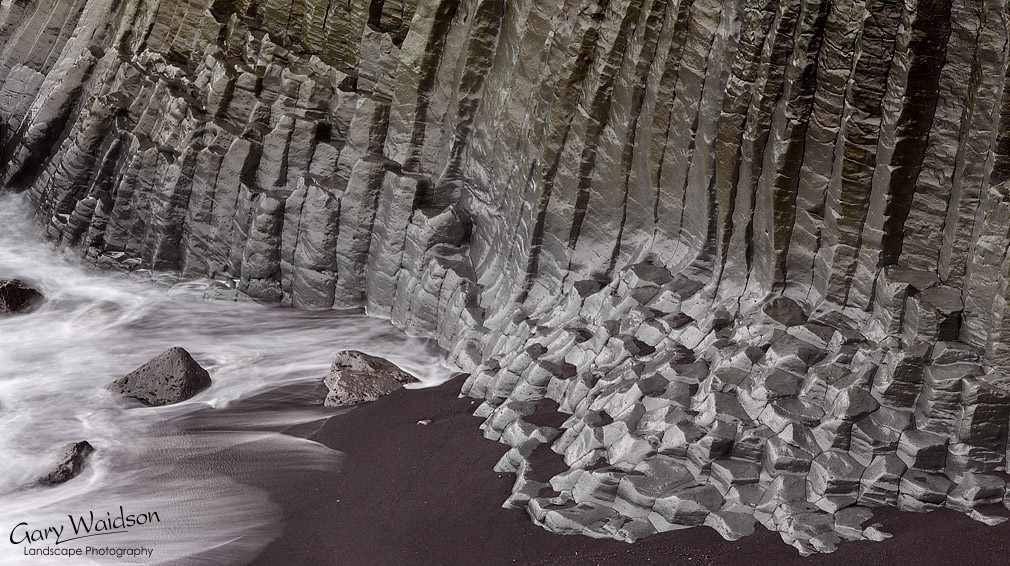
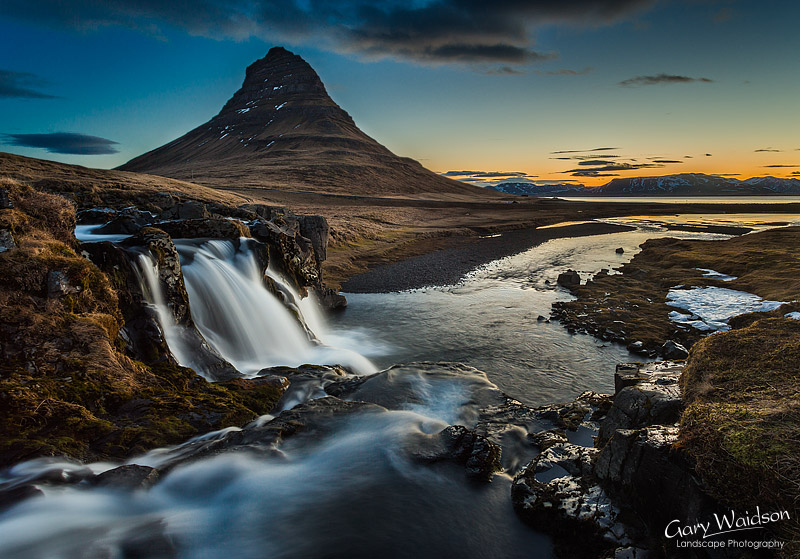


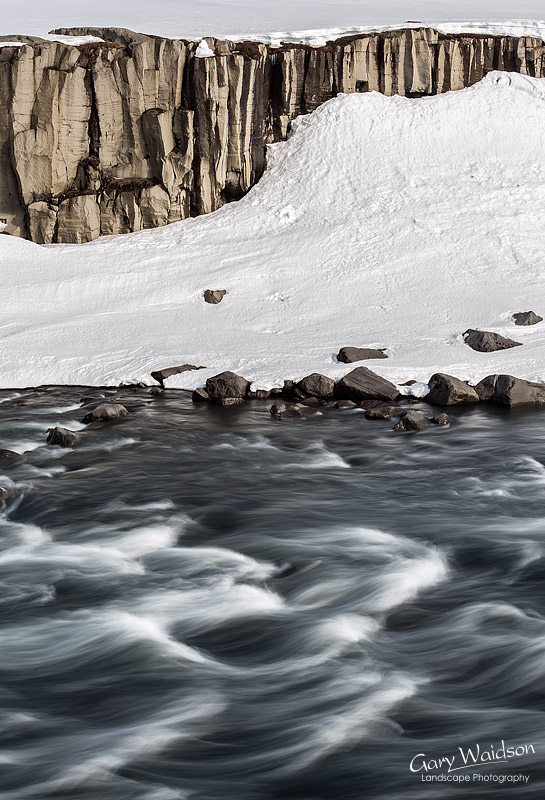

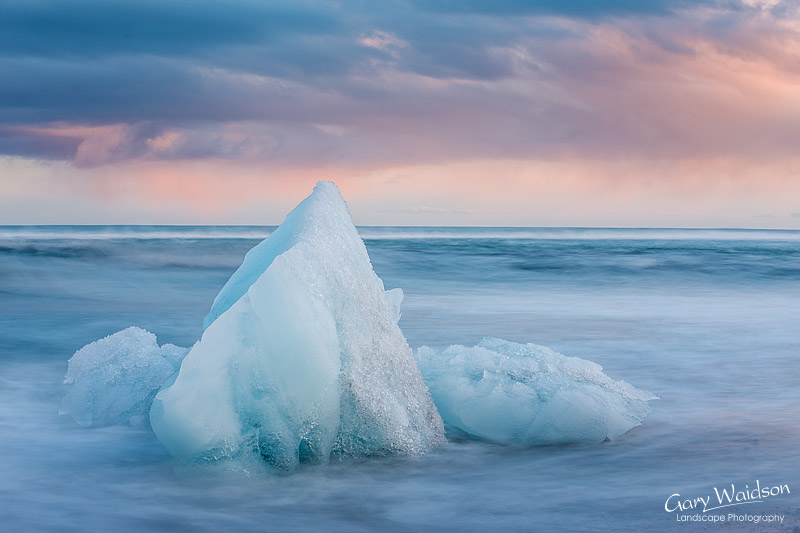

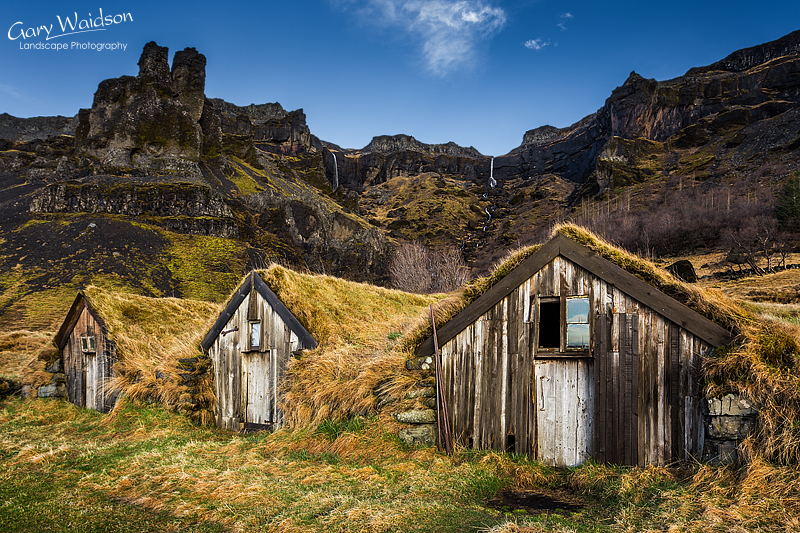

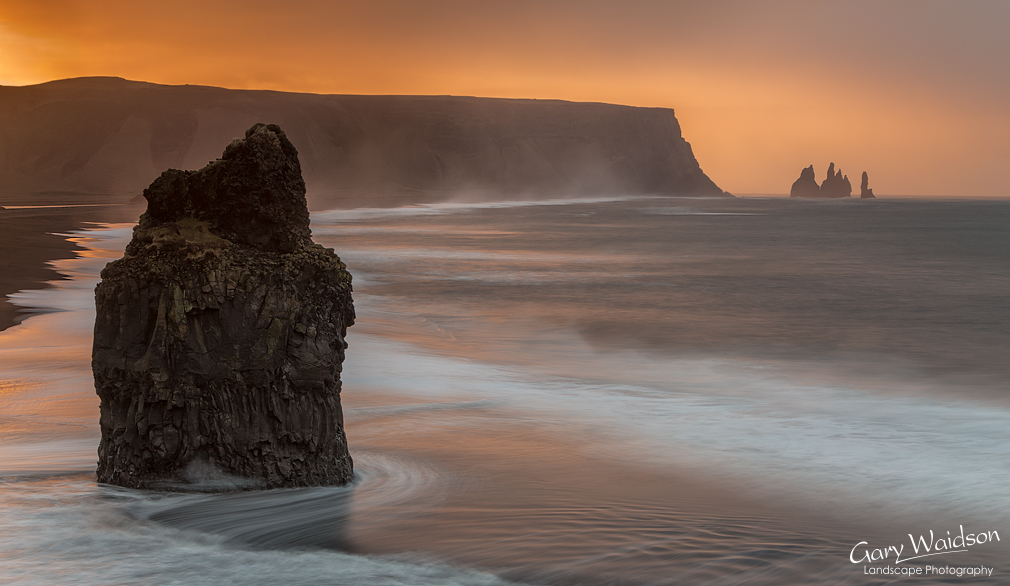
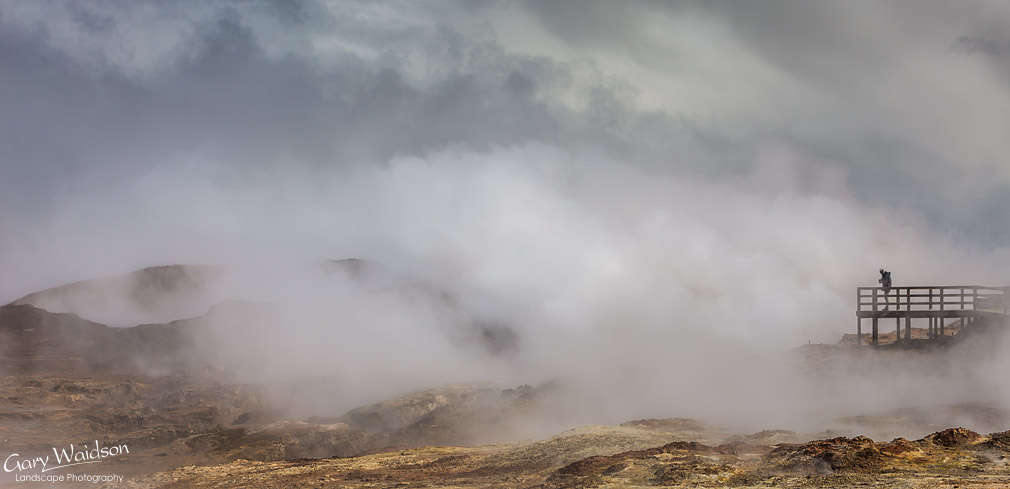

 Reply With Quote
Reply With Quote
